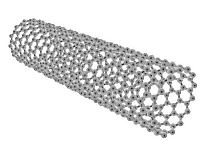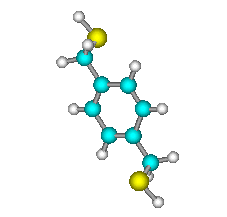Scanning Probe Microscopy (SPM) is a process that is used to study the
properties of surfaces at the atomic level. A Scanning Probe Microscope
takes a probe that is atomically sharp and scans it over a surface,
typically at a distance of a few angstroms or nanometers. In this
research group, two different types of SPMs are used, an Atomic Force
Microscope and a Scanning Tunneling Microscope.
 Electronic Properties of Carbon Nanotubes
Electronic Properties of Carbon Nanotubes
Carbon nanotubes we discovered as early as 1975 (probably earlier),
and TEM images of them were
published by Endo et al.. In the
wake of the Bucky-Ball (C60)fever, carbon nanotubes we
"re-discovered" by Iijima (Nature 391, 1991). They represent real 1D
systems for laboratory study. There has been much speculation about
the physical and electronic properties of carbon nanotubes. As a
natural extension of our expertise in nanoscale technology, we are
using the techniques of field emission, STM, and transport
measurements to study the electronic properties of carbon nanotubes.
We have also developed a novel technique for making extremely good
electrical contacts to the ends of a single nanotube (see Appl. Phys.
Lett (APL)
74 p. 323-325.)



